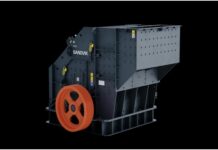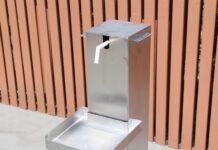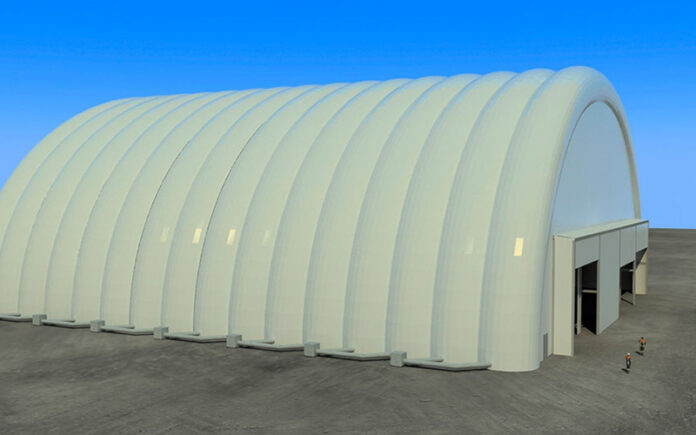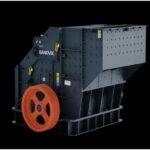Need a fast, flexible space that won’t break the bank? Discover why inflatable buildings are revolutionising temporary structures—from events to emergency shelters.
Temporary structures must be fast, reliable, and adaptable. Inflatable buildings tick all these boxes. They stand out as a practical choice for events, emergency shelters, and work sites. This article explores why they work so well.
What Are Inflatable Buildings?
Inflatable buildings are air-supported or air-inflated structures. They use air pressure to hold their shape. A fan or pump keeps the air moving. This simple design leads to many benefits, making inflatable buildings a practical choice for various applications.
Speed and Ease of Setup
Inflatable structures are quick to set up. Within hours, a full-sized space can be ready.
Here’s why the setup is smooth:
- Fewer parts to handle
- No need for rigid frames
- Minimal tools or labour required
This makes them great when time is tight.
Flexibility and Portability
You can easily move an inflatable structure. They pack down small. They fit into trucks or storage units. This is why they work well as:
- Event venues
- Sports domes
- Workspace extensions
You can use them again and again.
Cost-Effectiveness
Compared to permanent buildings, inflatable structures are less expensive. They require minimal materials. They avoid heavy groundwork. Energy use is low, thanks to efficient insulation. For budget-focused projects, they make financial sense.
Adapting to Many Uses
Inflatable buildings work across many scenarios. They are used for:
- Temporary classrooms
- Emergency medical centres
- Trade show halls
- Recreation areas
Their adaptability makes them a dependable choice for planners.
Strength and Safety
Despite their lightweight nature, inflatable buildings can withstand high winds. They block rain and snow effectively. Manufacturers design them to meet safety standards. They include fire-retardant materials and secure anchoring systems.
Environmental Impact
They are more eco-friendly than many modular buildings. Reusable materials mean less waste. They need fewer resources during setup. Plus, they use less energy to maintain a comfortable interior. This lowers the carbon footprint.
Real-World Success
Here’s a real experience with inflatable buildings:
“In a remote region hit by floods, we needed classrooms fast. An inflatable building was ready in a few hours. It held up in storms and kept students safe.”
This story shows how inflatable buildings work when time and safety are critical.
Key Benefits at a Glance
- Fast setup: Ready in hours, not days
- Portable: Easy to move and store
- Affordable: Low material and labour costs
- Durable: Weather-resistant and safe
- Eco-conscious: Energy-efficient and reusable
Addressing Common Questions
Are they safe in bad weather?
Yes. Designed to handle wind and rain. Comes with ropes and anchors for added safety.
Can they be made larger?
Absolutely. Sizes range from small tents to huge halls. You can customise the layout and height.
What about heating or cooling?
They work with HVAC systems. Insulated panels also help maintain a stable temperature.
How long do they last?
With proper care, a lifespan of 10 to 20 years is common. Regular checks and folded storage extend their life.
Ideal Applications for Inflatable Buildings
1. Events & Exhibitions
Need a memorable space fast? An inflatable hall captivates guests and stands out.
2. Emergency Response
Disasters strike without warning. Inflatable shelters are lifesavers in those moments.
3. Sports and Recreation
Tennis, soccer, swimming—indoors, anytime. They give full-size space with no fuss.
4. Construction and Industrial Sites
Temporary offices, break rooms, storage areas—they help projects run smoothly.
5. Educational Use
Classrooms or labs can be set up quickly with flexible layouts and safety built in.
What to Look For When Choosing One
- Material quality – strong, weather-resistant fabric
- Anchoring systems – for stability in wind
- Safety certification – fire resistance and building codes
- Access options – doors, windows, partitions
- Service and warranty – support from the supplier
Expert Tips for Best Results
- Site preparation is key – clear space, level ground
- Anchor securely with stakes or weights
- Regular pressure checks prevent sagging.
- Clean after use and dry before storage
- Inspect annually for damage or wear.
Conclusion
In summary, inflatable buildings are ideal for temporary structures. They combine speed, flexibility, durability, and eco-friendliness—perfect for a wide range of needs. Their success in emergencies, events, and work sites proves their value.
If you’re planning a project that needs fast, reliable shelter, inflatable structures deserve a top spot on your list. Their blend of benefits delivers both practical and practical value.





















